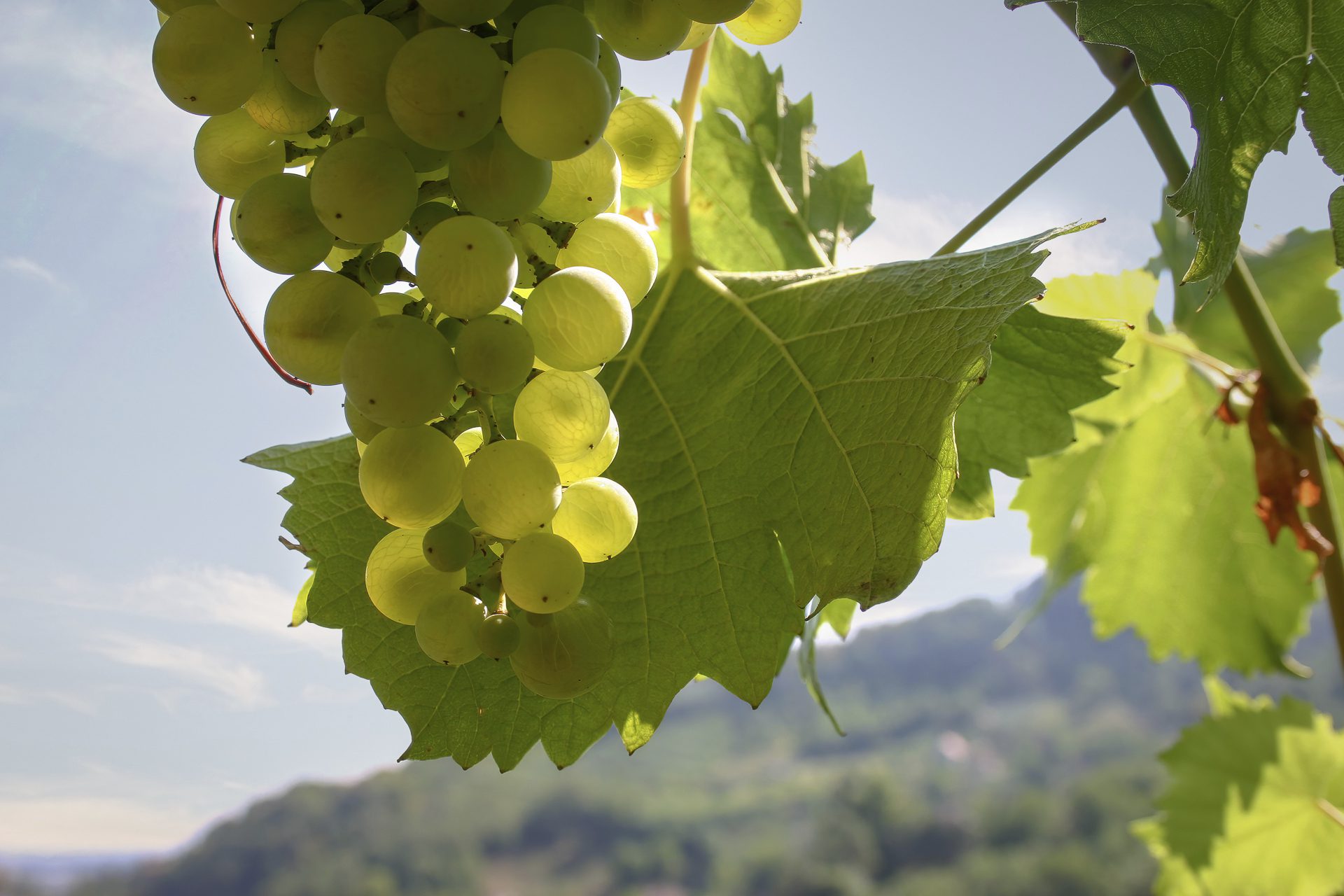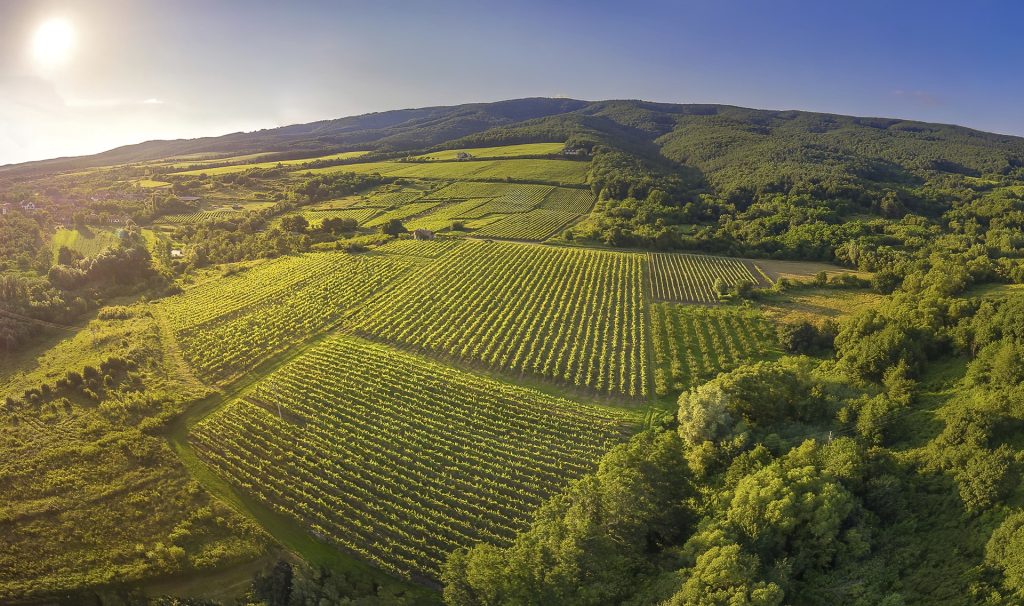Dijana Grgić calls in on Kutjevo, the Croatian heartland of the grape variety that has nothing to do with Riesling, as well as the neighbouring strongholds of Pakrac and Požega-Pleternica, and also takes the Rose and Wine Road.
Požega-Slavonia County is home to three notable sub-regions and is the home of Croatia’s most important white wine variety, Graševina. The vineyards of Kutjevo, Požega-Pleternica and Pakrac make this county a highly attractive vinous destination.
Graševina has become so deeply rooted in Croatia that many consider it an indigenous variety, though its various names — Laški Riesling, Riesling Vlašsky, Welschriesling, Olaszrizling and Riesling Italico — often cause confusion by linking it to Riesling. Graševina and Riesling are entirely different varieties, both genetically and organoleptically. The town of Kutjevo is rightfully regarded as the world capital of Graševina, as it produces it in a wide range of styles, from sparkling wines and fresh, youthful varieties to mature, macerated, aged and botrytised wines. The Kutjevo wine archives even hold Graševinas that are over 50 years old, underscoring the exceptional quality and ageing potential of this variety. Croatian Graševinas have earned more than 350 gold medals at the Decanter World Wine Awards (DWWA).

The Kutjevo region, situated on the southern slopes of Papuk and Krndija, spans 55 kilometres and encompasses approximately 800 hectares of vineyards, making it one of the highest-quality vineyard areas in Croatia. Located within this vineyard region is Croatia’s oldest wine cellar, built by the Cistercians in 1232, along with several wineries that consistently receive international awards and recognition for their wines. The 45.3° parallel, renowned for linking world-famous wine destinations such as Piedmont, Val du Rhône, Bordeaux and Oregon, also traverses Kutjevo.
Notably, some of the most prominent names on the Croatian wine scene — Enjingi, Krauthaker, Perak, Adžić, Galić, Mihalj, Jakobović, Sontacchi and Kutjevački Podrumi — hail from the Kutjevo vineyards. Over the years, these names have significantly contributed to the development of Croatian winemaking, continuing to enrich the Croatian wine scene with their exceptional wines. Ivan Enjingi brought home Croatia’s first championship title and gold medal from the Decanter competition. His 1998 white Venje was crowned champion at the Decanter tasting in London in 2004, and he also earned an impressive 95 points for his late vintage Graševina from 2002.
The most renowned vineyards are Vinkomir, Hrnjevac, Vetovo, Mitrovac, Koria and Mačovo brdo, all celebrated for producing exceptional Graševina.
Požega, Pleternica, Brestovac and Jakšić are situated within the Požega-Pleternica vineyard region. The hills of Klikun and Starac above Pleternica are particularly noteworthy, as they are regarded as the premier locations for vine cultivation in continental Croatia. Enchanting views await visitors along the Rose and Wine Road, which begins in the centre of Pleternica and stretches for 3.5 kilometres through vineyards adorned with vibrant roses of various colours blooming among the grapevines. It is a well-known practice among winemakers to plant roses in vineyards, as they historically served as indicators of disease in the vines. Touring this road by horse-drawn carriage is particularly impressive. The road culminates at the Bačva vantage point, offering breathtaking views of the Golden Valley, which the ancient Romans referred to as Vallis Aurea.
The Pakrac vineyard is mentioned in the travelogue Travel Around Slavonia, in 1782, by Piller and Mitterpacher, and today, small family-run wineries operate here, cultivating a total of 20 hectares of vineyards.
Golden Slavonia is a uniquely beautiful destination that’s well worth visiting, where the gastronomy and wines will delight even the most discerning palates. Here, you can immerse yourself in the region’s traditions by exploring the historic cellars and also by visiting one of Croatia’s most modern wineries, the Galić winery. The various styles of Graševina offer an excellent introduction to the aforementioned vineyards.

